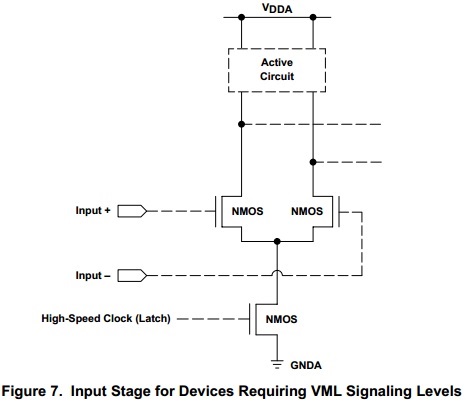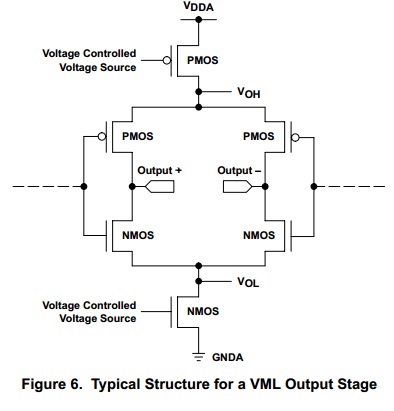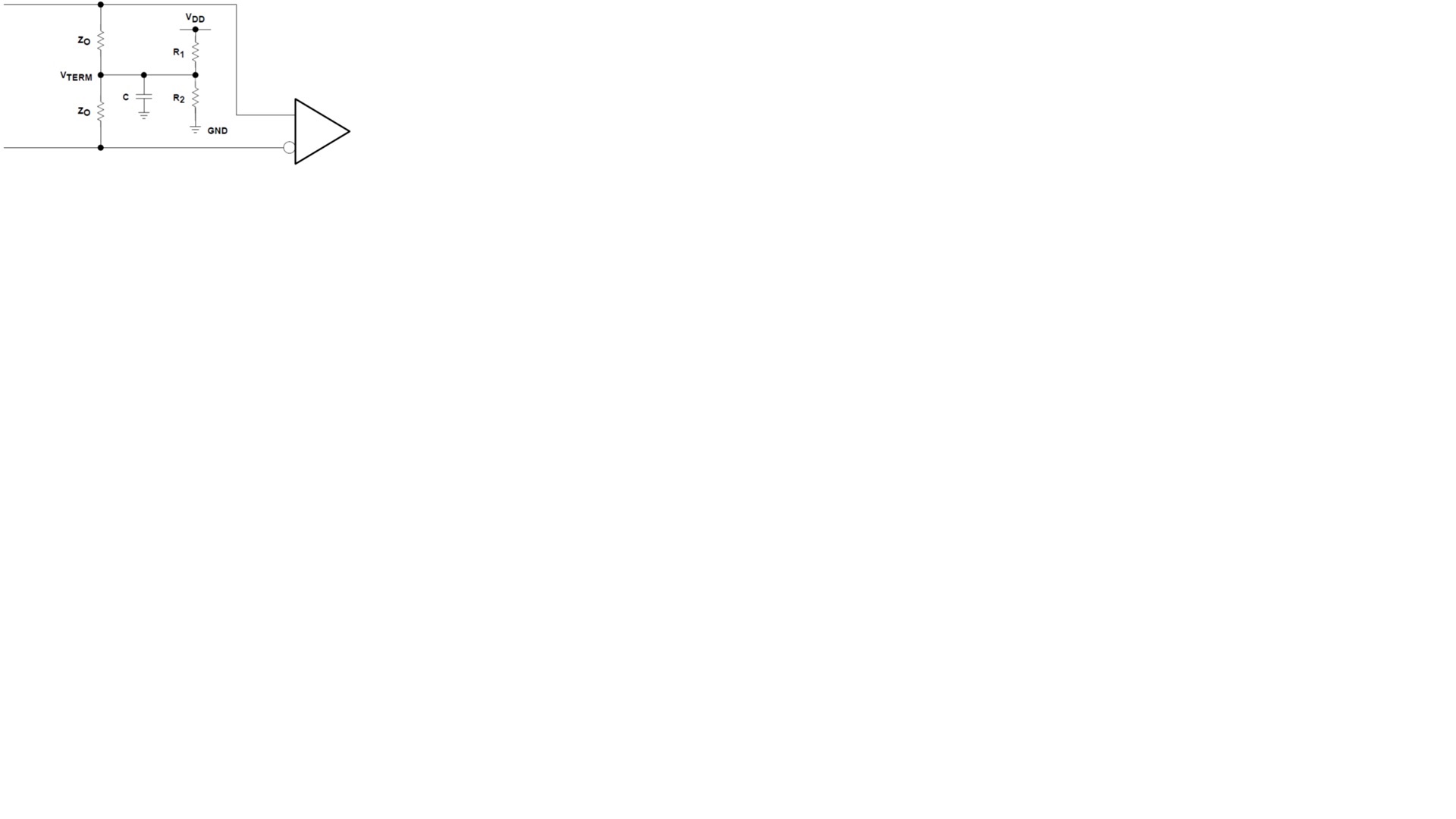Hello,
Is it recommended to use an appropriate CM choke in the interface between a TLK2711 driver and receiver to make sure the interface remains balanced and to avoid chassis current? Has anyone used this interface this way? if so, was the filter placed at the driver output or the receiver input? Was the 2711 interface AC or DC coupled? What improvement or issues did you observe?
Thanks
-Ali




